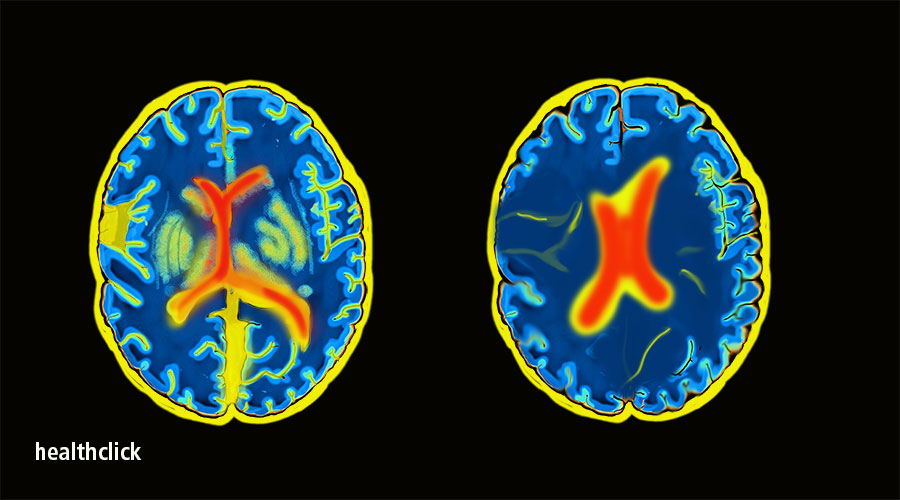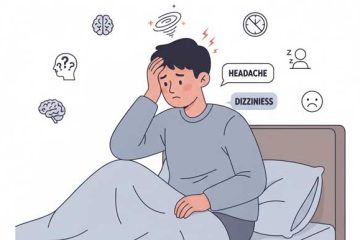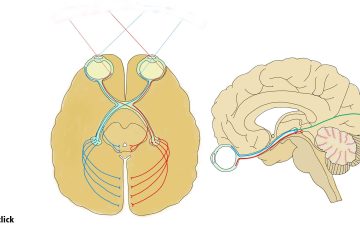When we think about post-traumatic headaches as they apply to the post-traumatic patient, part of what we need to do is differentiate whether the headache is cervicogenic, a migraine, or relates to medication. That is really where we want to start to try to make a differentiation, and that is at times challenging.
One of the medical complications for concussions can be headaches and there could be different types of causes to these headaches, whether they are cervicogenic headaches, which are starting from the cervical spine, muscular or from the spinal cord, or whether that could be from arthropathy or exacerbation of conditions that the patient may already have, such as disc disease. They could also be something such as migraines, where patients will present with certain types of symptoms. This could include nausea, vomiting, a specific type of aura, or being able to see flashing lights prior to getting headaches. These post-traumatic headache patients need multiple different types of treatments, which may include injections, whether that be trigger point injections or nerve blocks. They might also require medications such as amitriptyline or duloxetine or even blood pressure medication such as propranolol. More specifically, sometimes physical therapy or cognitive behavioral therapy may really improve function as well as outcomes with these types of patients.

Learn more about Post-Traumatic Headaches in our All Access Annual Subscription for $189/year.
The video in this blog is referenced from the concussion rehab continuing education course, Invisible Trauma. This online course is included in our all-access annual, annual renewal subscription. The online course, Invisible Trauma can also be purchased for $175 without an annual subscription. Learn from this multidisciplinary approach, updated therapeutic management techniques and medical practices for post-traumatic headaches, and how to properly assess and treat migraines, cervicogenic/tension headaches, occipital neuralgia, and medication overuse headaches in this comprehensive course concussions.
A healthclick subscription impacts patients’ lives across the US and has empowered your colleagues to deliver better care. In 2021, our films raised over $150,000 to assist special-needs children in accessing better rehabilitation. We donated our time and resources without charge to create films that non-profit used to raise all these funds. Money that went directly to therapists and your colleagues to deliver their rehab vision to their population.
Learn additional information about post-traumatic concussions from additional courses within the all-access annual renewal subscription.
Current Concussion Evaluation and Treatment Approaches
References
ReferencesSufrinko A, McAllister-Deitrick J, Elbin RJ, Collins MW, Kontos AP. Family History of Migraine Associated With Posttraumatic Migraine Symptoms Following Sport-Related Concussion. J Head Trauma Rehabil. 2018;33(1):7-14. doi:10.1097/HTR.0000000000000315
Stovner, L.J., Schrader, H., Mickevičiene, D., Surkiene, D. and Sand, T. (2009), Headache after concussion. European Journal of Neurology, 16: 112-120. https://doi.org/10.1111/j.1468-1331.2008.02363.x
Conidi, F.X. Interventional Treatment for Post-traumatic Headache. Curr Pain Headache Rep 20, 40 (2016). https://doi.org/10.1007/s11916-016-0570-z


